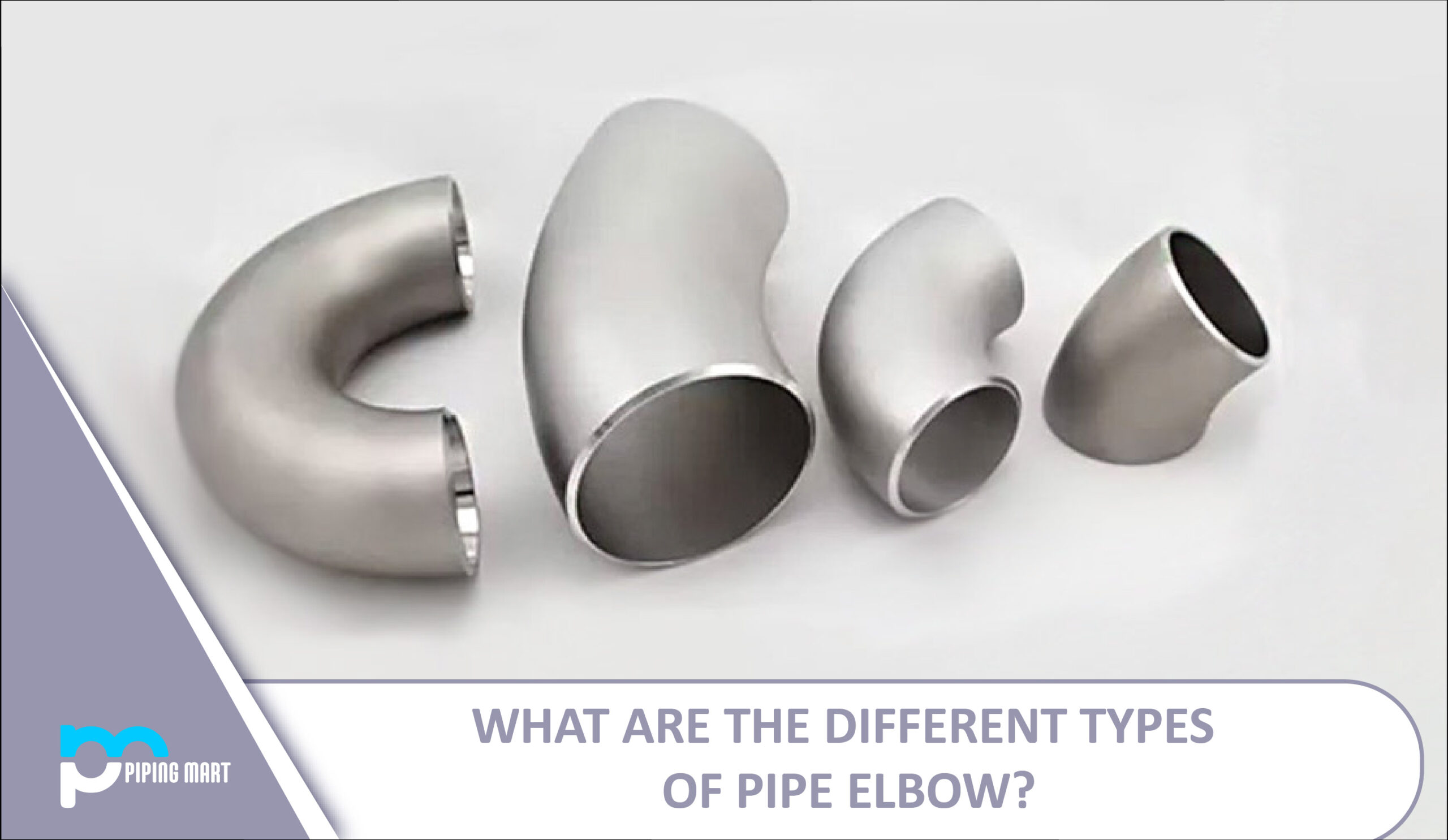Plastic pipes, as the title suggests, are formed of plastic materials. Because of their numerous advantages, plastic pipes are a good choice for many piping and plumbing applications. Plastic pipes are a significant option for corrosion resistance.
Corrosion (material worsening caused by environmental factors) is a major issue in all operational process plants. Corrosion is the cause of many of the plant’s failures. As a result, if given the option, one might be tempted to discard steel entirely as a material of construction for pipelines. Unfortunately, undermining the utility of steel in maintaining the pressure and temperature levels generally anticipated in any process plant is not practicable. This develops the idea of composite pipes made of highly chemical-resistant polymer substances as the core material and reinforced with suitable fiber materials like glass to provide the necessary strength.
What are the merits of using plastic pipes?
Plastic pipe has several plus points, which are stated as follows:
- Reasonably priced
- Simple to assemble
- An suitable choice for limited temperature operations
- Lightweight and simple operating
- Low load support
- corrosion and rust resistance
- A smooth surface means less frictional loss
- Resistance to chemicals
What are the Industrial Implementations of Plastic Pipes?
Plastic pipes are extensively utilized in the food and water industries for conveying Irrigation, potable water, and wastewater cooling water systems, chemicals, heating systems, food products, and so on because of their excellent properties.
What are the Different Forms of Plastic Pipes?
Based on the plastic pipe materials, three forms of synthetic polymer components have received industrial acceptability.
- Thermoplastic Pipe
- Thermosets
- Composite Plastic Pipe
- Thermoplastic Piping Materials
Thermoplastics are polymer compounds that are typically found in crystal form. With the use of heat & pressure, these crystals achieve the required level of formability to be molded into the appropriate form. Re-heating the plastic material enables it to complete the change from hard to bendable, allowing it to be reprocessed into the required shape.
Thermoplastic materials that are regularly utilized include the following:
- Polyethylene (PE)
- Polypropylene (PP)
- Polystyrene
- Polyvinyl Chloride (PVC)
- Fluoro-Plastics
Thermoplastics are generally weak materials in terms of structure, with limited heat resistance.
- Thermoset Piping Materials
Thermoset plastics are polymer compounds (resins) which are generally in a liquid state at room temperature. These resins go through a chemical modification into a hard product which sets into the necessary shape during the curing process when catalyst and accelerator are added.
Thermoset plastics that are regularly used include Epoxies, Furans, Phenolic, Polyurethane, Vinyl esters, and Polyesters, which include Bisphenol, Isophthali, and Halogenated
Although thermoset plastics are preferable over thermoplastics in terms of structural strength and heat resistance, they have limited industrial uses in their original form.
- Composite Plastic Piping Materials
Both thermoplastics and thermoset plastics, in their original form, cannot withstand the mechanical pressure experienced in industrial settings. An effort to create an adequate balance between two required characteristics of the material (i.e., mechanical strength and corrosion resistance) has thus always been a preferred goal. This gave rise to the idea of composite plastics, in which the basic polymer, which is already sufficiently resistant to chemical corrosion, is given a good amount of mechanical toughness by reinforcing it with an appropriate reinforcing material.
The majority of accessible commercial reinforced plastic composite materials are made using a combination of Thermoset Plastic Resins (e.g., Polyester, Epoxy, Vinyl Ester, etc.) and Fiberglass or Synthetic Fibres as reinforcement materials. It is also feasible to construct a composite material with a thermoplastic material (e.g., PVC, PVDF, PP, etc.) as a baseliner over which layers of thermosetting resins and fiberglass are added to provide the requisite mechanical strength. Composite plastic pipes are typically manufactured using one of the below mentioned techniques:
- Custom Contact molding
- Filament Winding
- Pultrusion
- Resin Transfer Molding

Pipingmart is B2B portal specializes in industrial, metal and piping products. Also, share latest information and news related to products, materials and different types grades to help business dealing in this industry.




